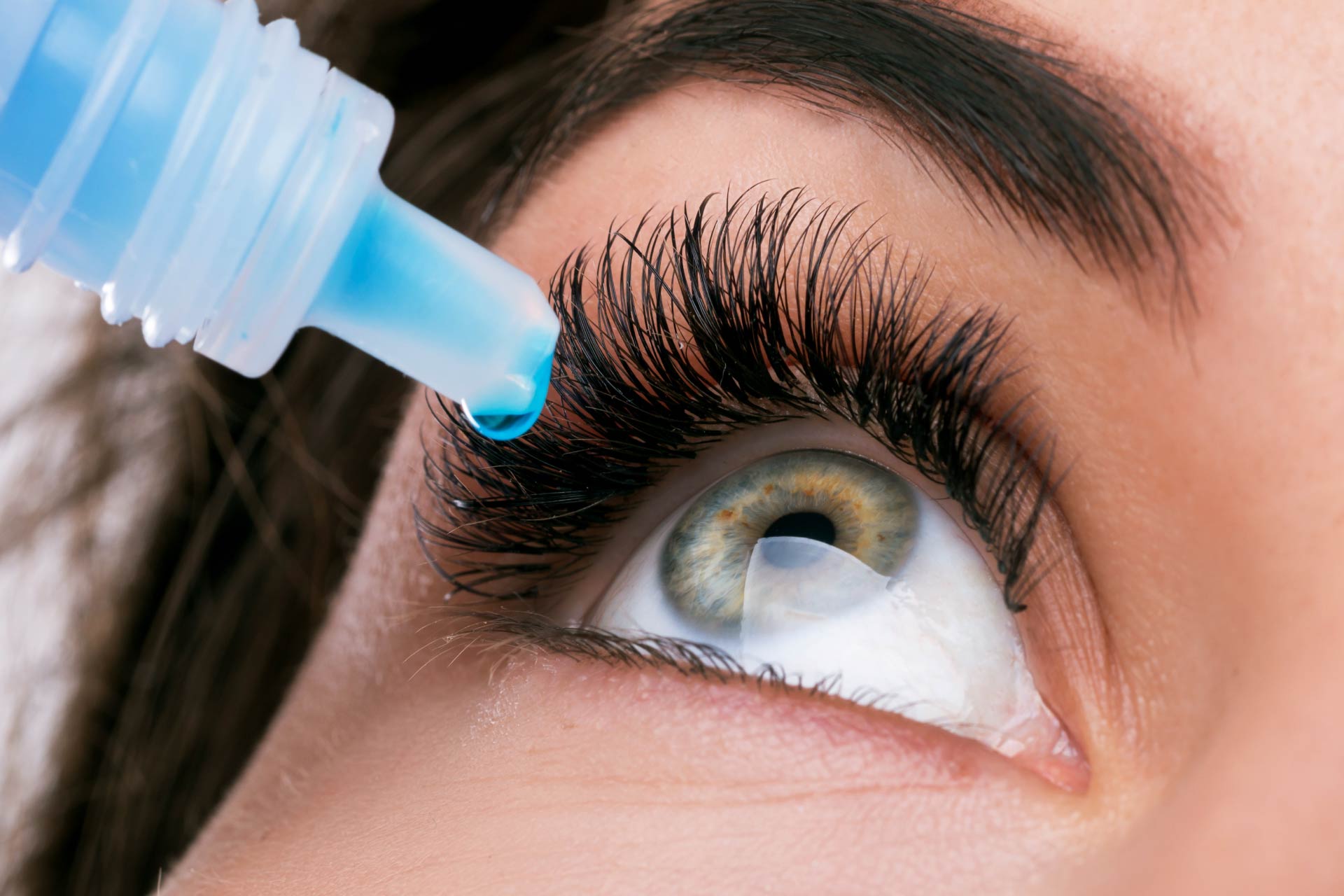• T-helper type 17 cells (Th17) and regulatory T cells (TREG)
• Bacterial Diversity
What is already known on this topic
Dry eye disease affects millions of people worldwide and is associated with ocular surface inflammation. Long-term inflammation may lead to permanent damage of the corneal epithelium. Animal models have linked two subsets of CD4+ T lymphocytes—T-helper type 17 cells (Th17) and regulatory T cells (Treg)—to chronic dry eye disease.What this research adds
Using a daily sterile saline wash, researchers collected tears from human subjects upon first awakening and characterized the bacterial microbiome of closed-eye tears based on 16S rRNA genes. They applied statistical models and machine learning tools to differentiate the microbial communities in patients with dry eye disease and healthy subjects.Conclusion
The analysis revealed that closed-eye tears in patients with moderate or severe dry eye disease house a distinctly different and more diverse microbiome than in healthy subjects. Through immunological interactions with Th17 cells and Treg cells, the resident ocular microbiota could potentially trigger and perpetuate inflammation in dry eye disease.
Dry eye disease affects millions of people worldwide and is associated with ocular surface inflammation. Long-term inflammation may lead to permanent damage of the corneal epithelium. Two subsets of CD4+ T lymphocytes—T-helper type 17 cells (Th17) and regulatory T cells (Treg)—with opposing immunological roles are known to interact with resident microbiota and have been linked to chronic dry eye disease in animal studies.
Sterile saline eye washes are a proposed non-pharmaceutical treatment for patients with dry eye disease. As an adjunct to a randomized clinical trial to evaluate this treatment, a team of researchers led by Kent A. Willis, M.D. at the University of Tennessee Health Sciences Center in Memphis, collected daily closed-eye tears –those tears generated upon waking –from the study subjects. Upon enrolling in the study, subjects were evaluated for dry eye disease, stratified by level of severity, and randomly assigned to receive the saline eye wash treatment or no intervention. The researchers sequenced the bacterial microbiome of the closed eye tears using the 16S rRNA gene, and statistical analyses revealed that patients with moderate or severe dry eye disease had significantly more diverse and distinctly different microbiomes from those of normal subjects. Furthermore, the daily saline wash intervention did not significantly alter the ocular microbial communities in the treatment groups.
This study is published in Scientific Reports, a Nature Research journal.
T-helper type 17 cells (Th17) and regulatory T cells (TREG)
Th17 cells are pro-inflammatory and produce cytokines including IL-17 to mount an immune response to pathogens. Treg cells are anti-inflammatory under normal conditions and play a role in immunologic tolerance. The ratio of these two subsets of lymphocytes modulates immune function, and an imbalance is associated with onset of several inflammatory diseases as well as autoimmunity. Previous studies have shown that resident gut microbes and their metabolites can influence this ratio. Therapies targeted at restoring optimal Th17/Treg cell balance may offer viable mechanisms to treat dry eye disease.
Bacterial Diversity
Typically, more diverse bacterial communities are considered more stable and less prone to disruption, but this research suggests that within the human eye increased microbial diversity is a marker of dry eye disease and remains largely unaffected by daily saline washes. The ecological measures of alpha diversity such as richness—the count of different taxonomic units, and evenness—the degree to which the taxonomic units are evenly distributed, revealed significant differences between subjects with dry eye disease and normal subjects. Measures of beta diversity reflected the same distinctions. The most significant distinctions in relative abundance were observed in genera including OPB56, Methylobacteriaceae, Bacteroidetes, Pseudomonas, and Meiothermus. Moreover, the daily eye rinses with sterile saline did not yield significant changes in diversity from the baseline microbiome in subjects with and without dry eye disease. The authors suggest that the mechanism to clear microbes from the eye surface is more complex than moisture level and tear clearance.
The research team utilized machine learning tools to predict with 94% accuracy which closed eye tear samples at baseline were from patients with dry eye disease. This approach has diagnostic potential.
This study demonstrated that closed-eye tears in patients with moderate or severe dry eye disease host a distinctly different and more diverse microbiome than in healthy subjects. Interactions between resident microbes and host Th17 cells and Treg cells may play a role in pathogenesis of dry eye disease. While further research is needed to determine causality, these findings present new clinical insights into the closed eye microbiome and a potential target for diagnosis and treatment of dry eye disease.











